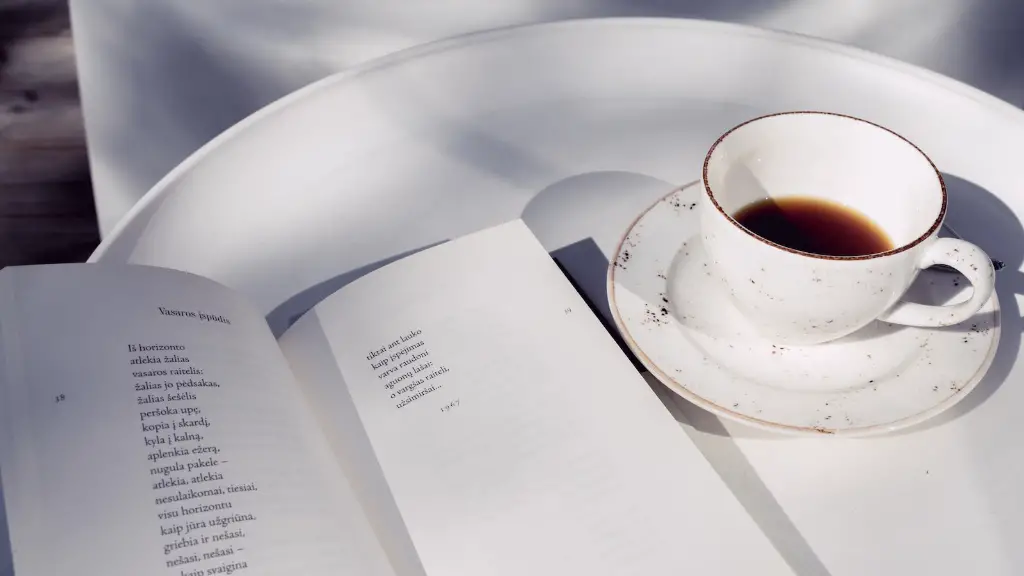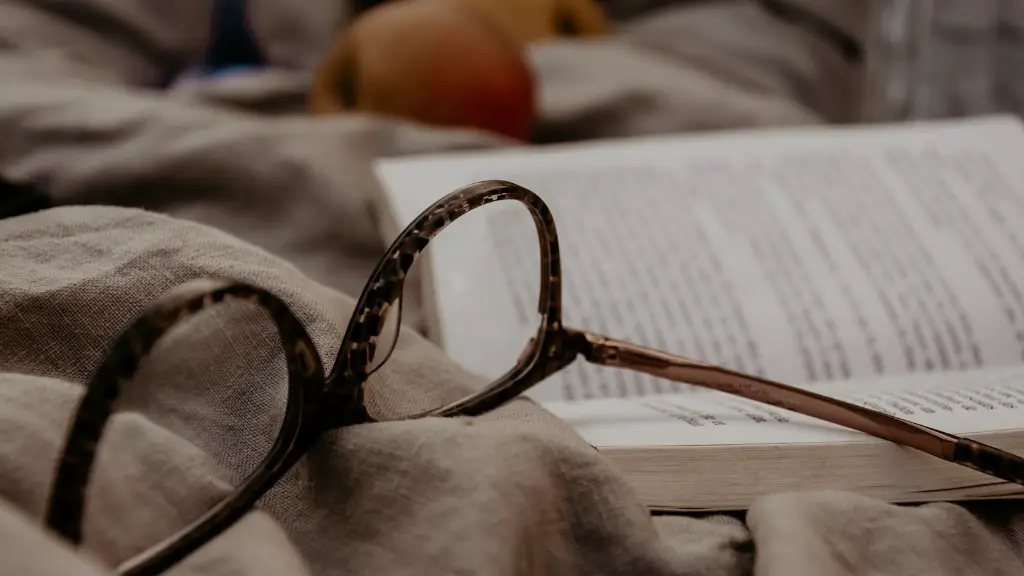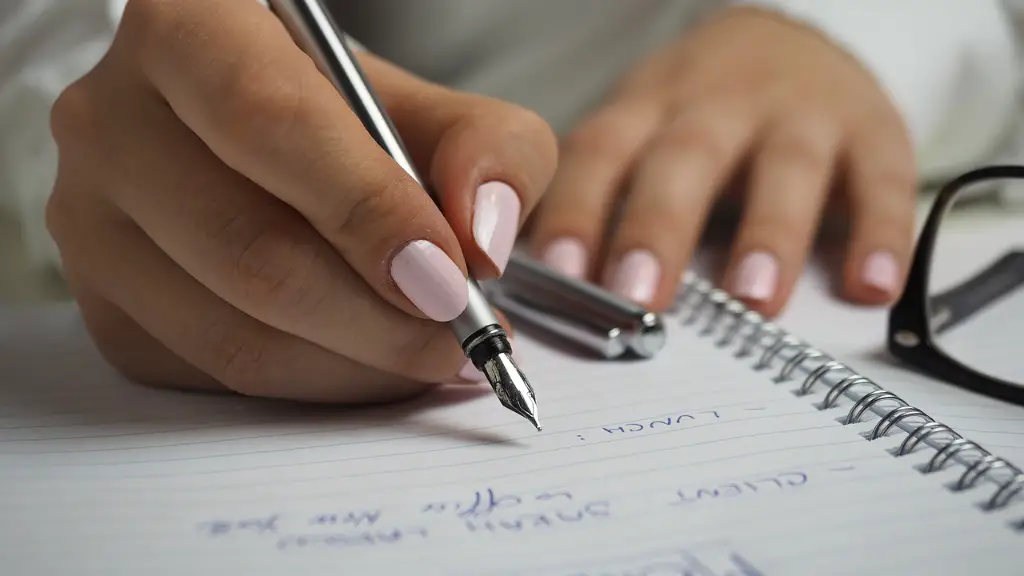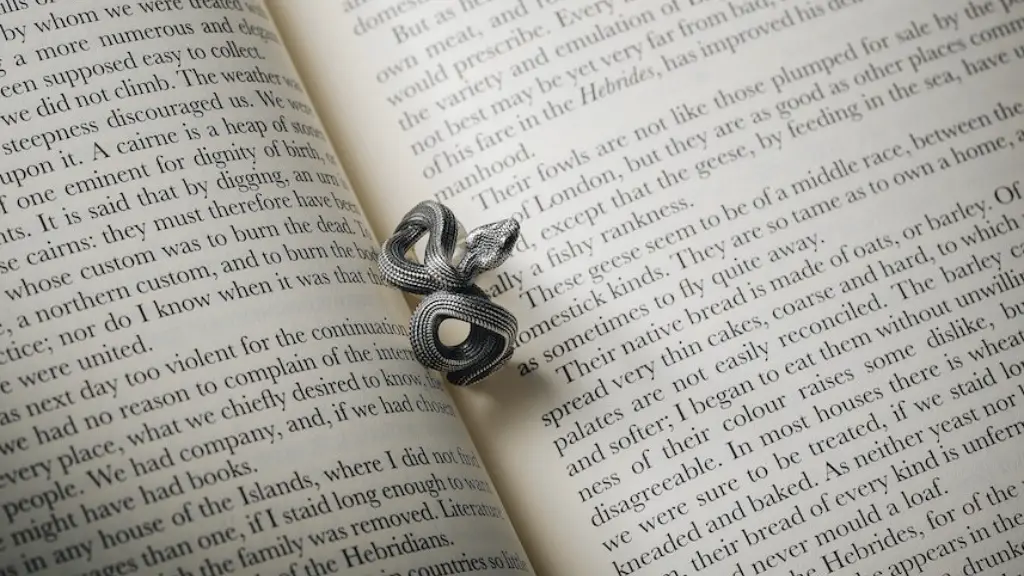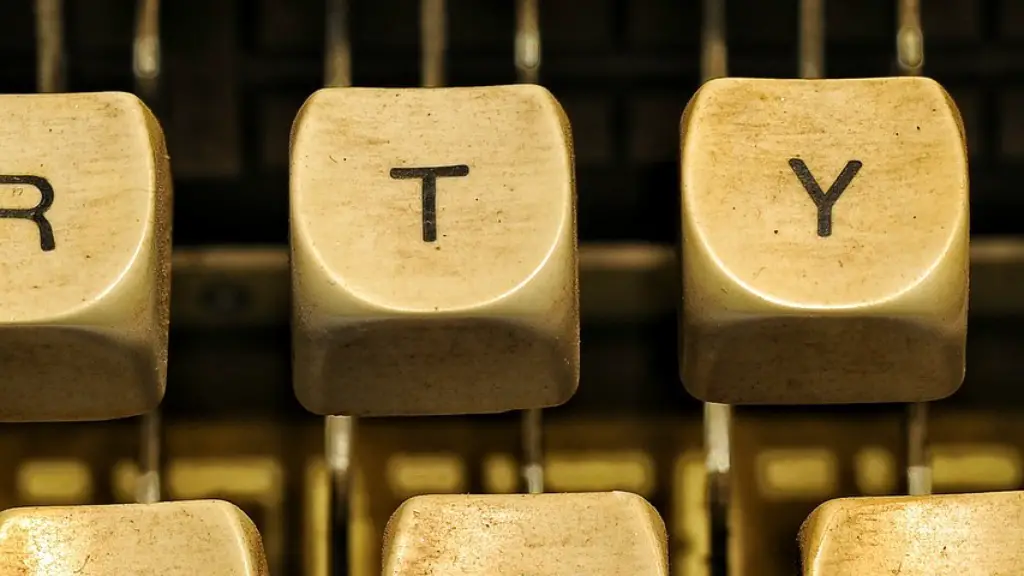A meter is a fundamental concept when it comes to poetry and its analysis. Poetry involves the use of rhythm, the combination of accented and unaccented syllables in each line. A meter belongs to the most basic properties of a poem and influences its artistic value and how it is read.
Meters refer to the repetition of a particular pattern of syllables with a particular rhythm. However, unlike rhythmic music which places complete accents on certain beats by playing notes, poetry only uses syllables. It relies on consonants, vowels and other inflections of the voice to mark cadence.
In poetic meters, the syllable is used as a unit of measurement. A whole line of a poem is represented by a specific number of syllables. Take for example iambic pentameter, one of the most common metrical patterns in which 10 syllables occur in each line. To know if a line is written consisting of this metrical pattern, we need to count the syllables in the line
Although there are four main types of poem meters, the majority of meters can be classified into one of the four types. Iambic is the most common type, followed by trochaic, anapestic, and dactylic. Each of these meter types have a unique rhythm pattern. Iambic lines have a syllable pattern of short/long, like a human heartbeat, while trochaic lines have a long/short syllable pattern that creates a rise-and-fall feel. Anapestic lines have a pattern of two short syllables followed by one long syllable and dactylic lines have a pattern of one long syllable followed by two short syllables.
The use of a particular type of meter has a great influence on how a poem is perceived by the reader. Depending on the type of meter used, a poem can sound reflective, playful, sad or jovial, just to name a few. For instance, a piece of a poem written in an iambic pentameter can carry a feeling of soft solemnity, whereas a poem written in anapestic tetrameter can be read with a playful, sing-song intonation. By analyzing the meter of a poem, one can gain insight into the style and the tone of the poem.
Through centuries of use by poets, meter in poetry has evolved to become an integral part of the language. It has been used by poets to add flavor and uniqueness to their work, conveying a particular emotion or sentiment in the most succinct manner.
Pros of Meter in Poetry
Using meters can greatly enhance one’s poem, by adding a rhythm and flow to it. Meters are like musical notes that can be used to set a lyrical, light or heavy tone. Meters can also make a poem easier to read and could be a helpful tool for those who struggle with coming up with poetic words.
Poetry without the use of meters can seem haphazard and disconnected. But, when meter is used sensibly, it can help organize words into phrases and lines that create striking, beautiful rhythm. This makes the poem much easier to listen to; it kindles the reader’s interest in the poem.
Meters are especially useful for poems that rely heavily on rhyme and stanzas, for which it is vital to keep all of the lines the same length and form. This, in turn, helps reinforce the rhyme scheme and gives the poem a sense of structure.
Meters can also add a great deal of emotion and intensity to a poem. The use of a specific meter can add structure and flow and create an emotional response from the reader. When used correctly, meter has the ability to carry a poetic message deeper into the reader’s mind and heart, by adding an emotional intensity to the poem.
Cons of Meter in Poetry
Meter, if over-used, can have a negative effect on a poem. Too much structure can limit the flow of a poem and can cause it to sound repetitive or dull. Additionally, the use of meter can make a poem formulaic, making it less unique and interesting.
Meters can also limit the range of expression. Intentionally or not, readers have been conditioned to expect certain words or even emotions to be expressed when certain meters are used. As a result, the use of a specific meter can render a poem more predictable making it more difficult for the reader to connect with the poem.
Finally, poetry without metrical patterns can still be rhythmic. So, it could be argued that for a poet to rely heavily on meter could be a sign of a lack of imagination. Poems should be able to convey the intended message without relying too much on structure.
Meter versus Rhythm
It is often confused that meter and rhythm are equivalent but they are actually quite different. Meter is the underlying (often repeating) pattern of stressed and unstressed syllables.
On the other hand, rhythm is the overall flow of the poem and refers to the combination of long and short phrases or syllables; the music of a poem. It’s the way the poem moves when its read aloud, or the combination of meter, the accented and unaccented syllables and other particular factors like alliteration, assonance and onomatopoeia.
It is possible to have a poem without meter, but it’s impossible to have a poem without rhythm. The rhythm of a poem links the different parts of the poem together making it more fluid and cohesive.
Alliterative Meters in Poetry
Alliterative meters are meters that employ the repetition of sounds at the start of words or syllables. These words are usually in the same line or in two successive lines, making a poetic stanza easy to read and more powerful.
Alliterative meters can be found in many different cultures from North America to Europe, Africa and East Asia but are especially popular in Old English and Old Norse poetry.
Alliterative meters are known for their emphasis on oral tradition and the reminder of musicality they give to poetry.
Alliterative meters make heavy use of alliteration or the repetition of sounds that give the poem a much-needed boost. This repetition of sounds creates a strong resonance and helps to draw the reader’s attention to the poem.
Alliterative meters, when used properly and skilfully, can make a poem much more lively and interesting by creating an easy to digest and memorable narrative. This makes them great for poetry for performance.
Oral Meters in Poetry
Oral meters in poetry are a set of metrical patterns that were established in ancient oral literature. These metrical patterns are strongly connected to ancient oral traditions and were designed to make poems and stories easier to remember and easier to recite.
Oral meters rely heavily on the use of alliteration and repetition and are most commonly used in oral storytelling. The most common type of oral meters is the call and response. In this type of meter, there is a continuous repetition of a particular phrase and the audience or the storyteller responds in some way.
Oral meters are also great for adapting stories and poems to different situations. For example, a long poem can be adapted to fit into a shorter time frame and it can be adjusted to fit the needs of the storyteller more easily. This type of metrical pattern is great for adapting older stories, making them more relevant to the present.
Oral meters can also be used to help people learn how to craft their own stories. By using these specific metrical patterns, it is easier to keep track of the flow of the poem and the structure of the story, making it easier to create something that is both interesting and engaging.
Free Meters in Poetry
Free meters in poetry are a type of metrical pattern that do not adhere to any particular set of rules or patterns. These meters are much more flexible and they allow the poet to deviate from the traditional style of writing.
By breaking away from traditional meters, free meters give the poet more freedom to express their emotions and feelings more freely. This is great for those who want to express themselves more creatively or those who want to tell stories in a more idiosyncratic way.
Free meters also make it more difficult for the reader to predict the flow and structure of the poet’s work. This is great for those who want to take readers by surprise. However, this can also be a disadvantage for those who prefer an orderly and predictable pattern.
Free meters also allow the poet to experiment with more varied forms of expression. This is great for those who want to express ideas in an unconventional manner. By exploring new forms of writing and new ways of expressing ideas, free meters can open up new areas of creativity.
